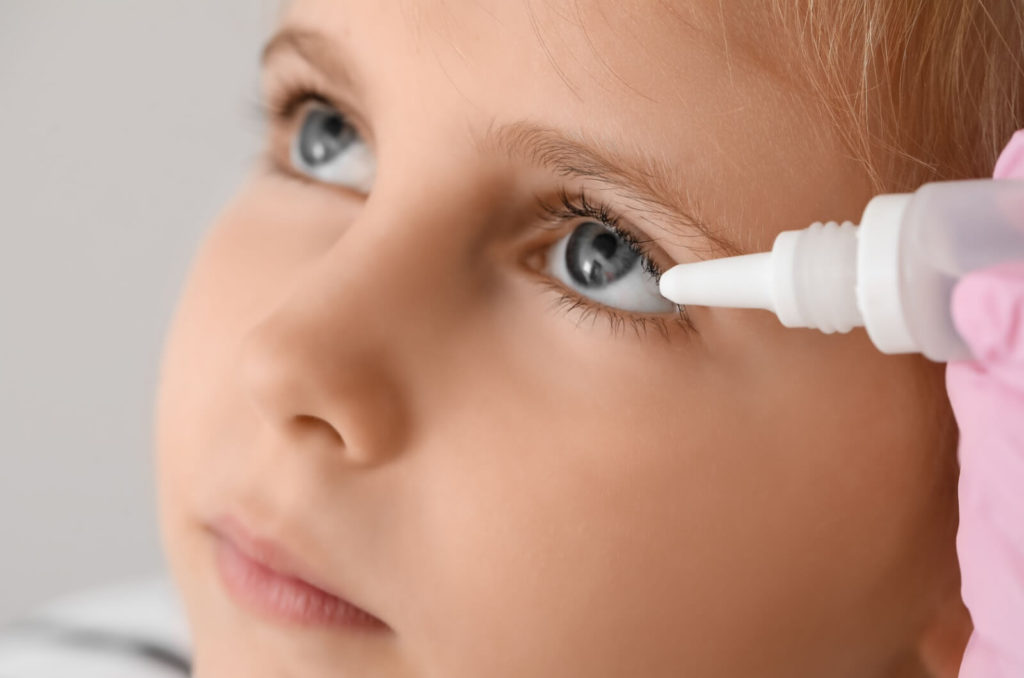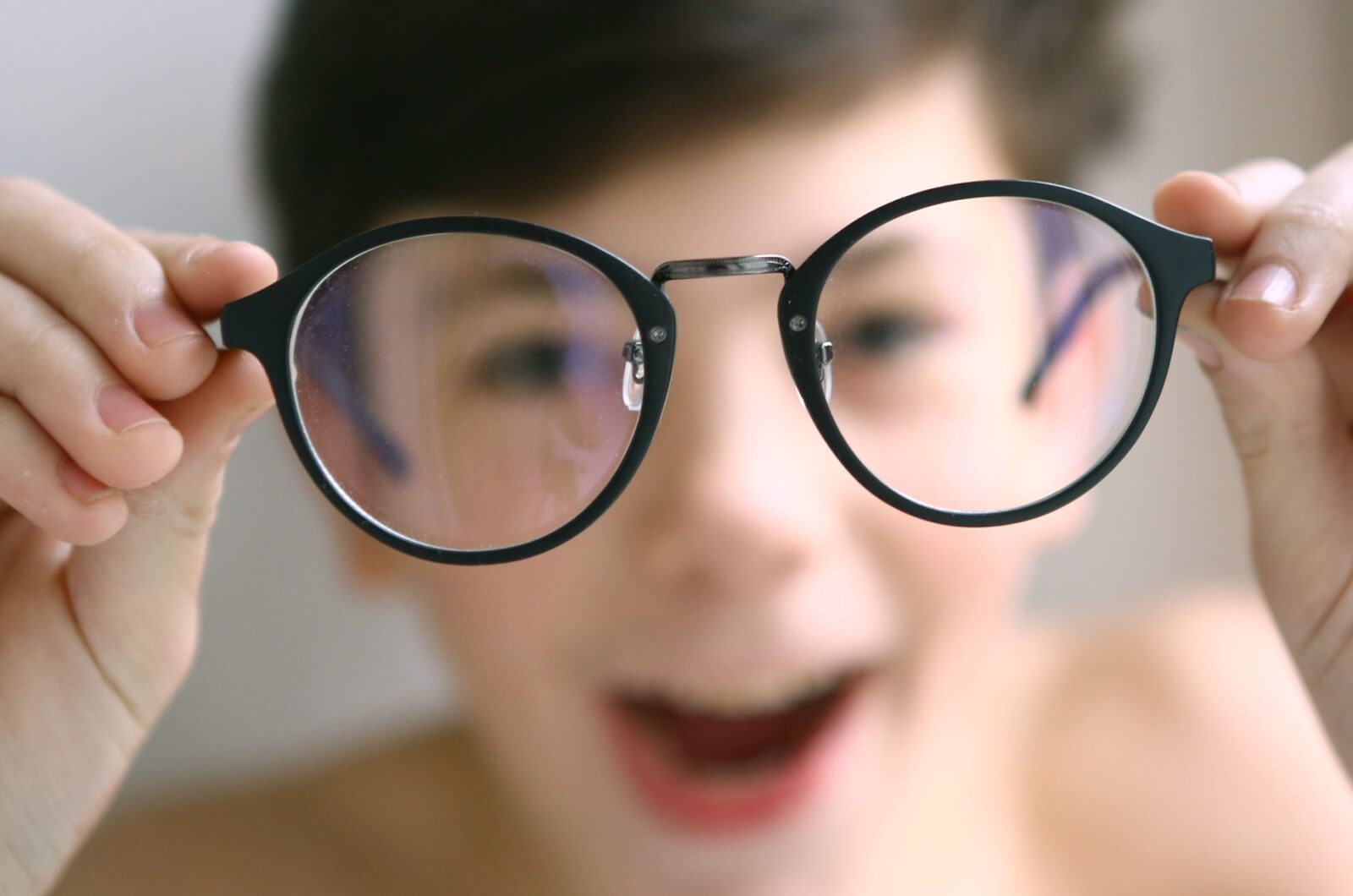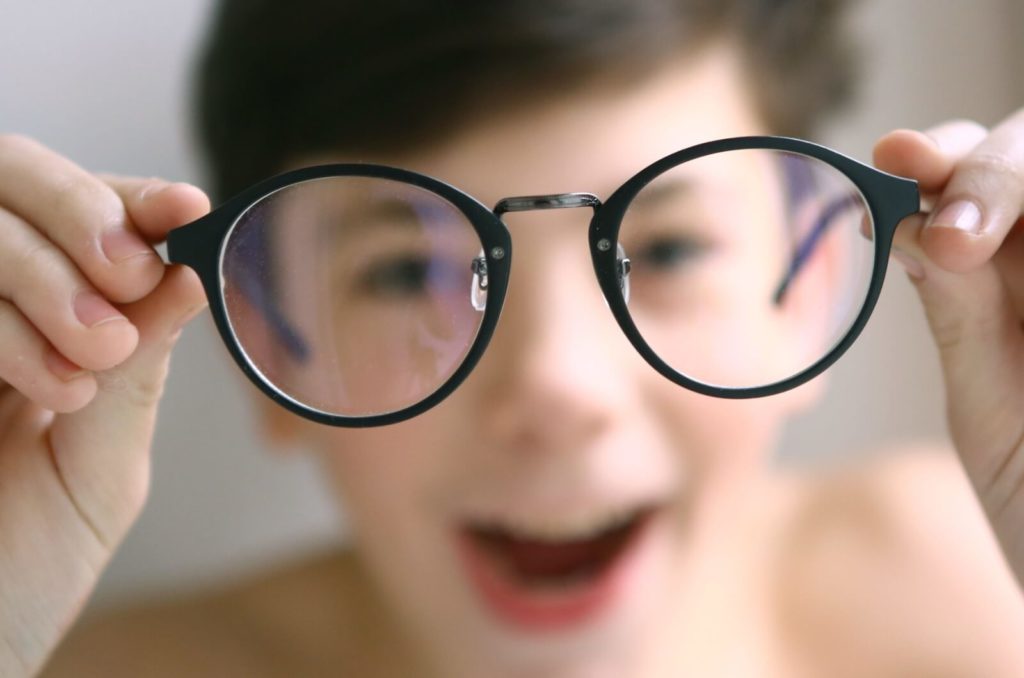Imagine needing to squint to see distant objects or struggling to read road signs until you’re almost upon them. This is life with myopia. From schoolchildren to adults, myopia can significantly impact a personès daily activities, requiring corrective measures like glasses or contact lenses. Unfortunately, myopia cannot be reversed, only corrected or controlled.
Even though it can’t be reversed, several myopia control methods have proven to slow the progression of myopia. Other long-term solutions, like laser eye surgery, can also reduce or eliminate the need for glasses or contact lenses.
One thing that is certain is the need for intervention to prevent potential complications that can arise from unchecked myopia. That’s why it’s so important to get regular eye exams for your child.
Understanding Myopia
Myopia, or nearsightedness, is a common refractive error in which close objects appear clear, but distant objects appear blurry. This occurs when the shape of the eye causes light rays to bend (refract) incorrectly, focusing images in front of the retina instead of directly on it. This is why myopia is considered a “refractive error.” Myopia can develop gradually or rapidly, and often worsens during childhood and adolescence.
Causes of Myopia
The causes of myopia aren’t black-and-white, as several factors can contribute to an individual’s risk of developing the condition.
Genetic Factors
The roots of myopia often lie in our genes. If one or both parents are nearsighted, there’s a higher chance their children will also develop the condition. Research shows that specific genes are linked to myopia, influencing the eye’s shape and how it focuses light.
Environmental Influences & Lifestyle Habits
Our environment plays a pivotal role in myopia development. Modern lifestyles, dominated by close-up activities like reading and screen time, contribute to the eye’s elongation and myopic progression. Spending extended periods indoors under artificial lighting can exacerbate these effects.
Continuous focus on near work without breaks, limited outdoor activities, and poor lighting conditions can strain the eyes. Encouraging children to spend more time outside and take regular breaks from close-up tasks can help mitigate these risks.
Myopia Correction & Control
Myopia doesn’t have a treatment or cure—people with myopia have elongated eyes, and there isn’t a way for us to change their eye shape. Fortunately, however, advances in medical science have provided several solutions for either correcting myopic vision or slowing myopia’s progression and preventing further vision loss.
Corrective Lenses
The most common solution for myopia is corrective lenses, including glasses and contact lenses. These devices help refocus light onto the retina, providing clear vision. While effective, they don’t necessarily address the underlying causes of myopia.
Orthokeratology
Orthokeratology (ortho-k) involves wearing specially designed gas-permeable contact lenses overnight. These lenses temporarily reshape the cornea, allowing for clear vision during the day without the need for glasses or contact lenses.

Low-Dose Atropine
Low-dose atropine eye drops have emerged as a promising treatment for myopia. These drops are applied to the eyes every night and can slow down the progression of myopia in children. Studies show that atropine therapy effectively reduces the rate of eye elongation, a critical factor in myopia progression.
Laser Eye Surgery
Laser eye surgery, such as LASIK, corrects myopia by reshaping the cornea, the clear front part of the eye. This adjustment allows light entering the eye to be correctly focused onto the retina, improving distance vision.
A laser removes a precise amount of corneal tissue, thereby flattening the cornea’s shape. This helps to refocus light directly on the retina, reducing or eliminating the need for glasses or contact lenses. The surgery is typically quick, and recovery time is relatively short.
It’s important to note, though, that laser surgery is typically only an option for adults. So, your eye doctor will likely recommend other control methods for your child until they’re old enough to consider laser surgery.
Practical Tips for Myopia Prevention
There isn’t a 100% guaranteed way to prevent myopia, but there are some things to consider that can lessen your child’s risk.
Maintain Eye Health
To prevent myopia, prioritize eye health. Ensure a balanced diet rich in vitamins A, C, and E, and minerals like zinc. Regular eye check-ups can help detect early signs of myopia and other vision issues.
Minimize Screen Time
Minimizing screen time is crucial, especially in this digital age. Follow the 20-20-20 rule: every 20 minutes, take a 20-second break to look at something 20 feet away. This practice reduces eye strain and supports better eye health.
Spend Time Outdoors
Encourage outdoor activities to combat myopia. Natural light and looking at distant objects help maintain the eye’s focus flexibility. Studies show that spending at least 2 hours daily outdoors can significantly reduce myopia risk in children.
Discuss Your Child’s Eye Health with Their Eye Doctor
Understanding myopia is the first step towards managing and potentially reversing it. While genetic and environmental factors contribute to its development, innovative treatments and preventive measures offer hope.
Early diagnosis and intervention are crucial. We can protect our vision by maintaining eye health, reducing screen time, and spending more time outdoors. Call our team at Henderson Vision Centre today if your child is experiencing myopia symptoms. One of our experienced optometrists can examine their eyes and offer a tailored treatment plan and advice.



